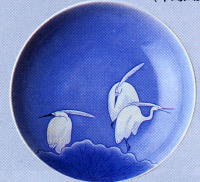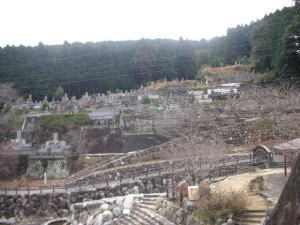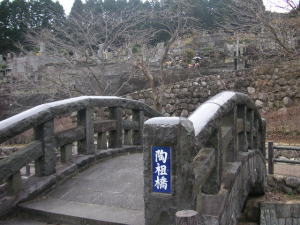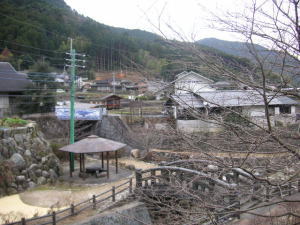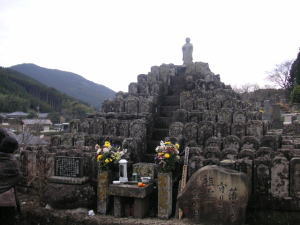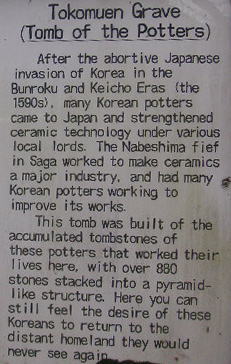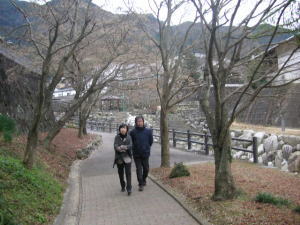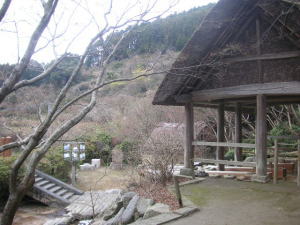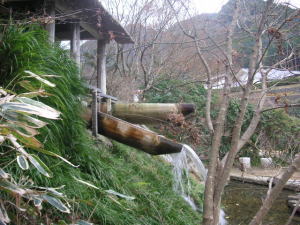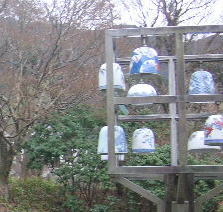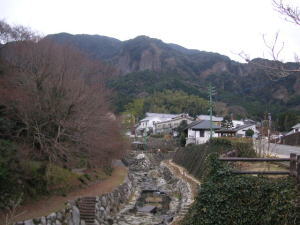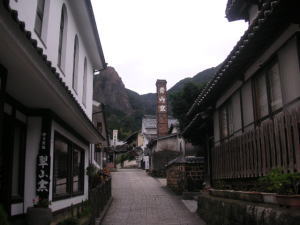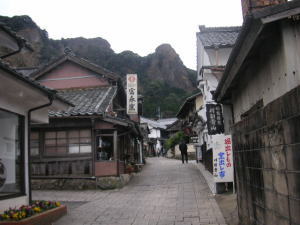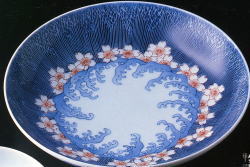|
||||||||||||||||||||||||||||
Pottery of Sorrow |
||||||||||||||||||||||||||||
| In the suburbs of Karatsu, there is a small town called Nagoya. This
is the fort and the port from which Toyotomi Hideyoshi sent out his lords
and worriers to invade China and Korea in the 16th century. As for this war, the Wikipedia tells us as below: |
||||||||||||||||||||||||||||
|
||||||||||||||||||||||||||||
The seven years of the war wasted the land of Korea. Human damage was so big too. Japanese lords captivated Korean potters by thousands and brought them back. It was pottery's dawn in Japan, and it meant also pottery's death in Korea. Here in Karatsu, and in Kagoshima (Satsuma), Fukuoka (Takatori), Yamaguchi (Hagi) and some other places, the captured Korean potters made pots for the feudal lords. From Karatsu, some potters including Yi Sam-Pyong moved to Arita and Imari later. Here again, please read the explanation of Wikipedia. |
||||||||||||||||||||||||||||
|
||||||||||||||||||||||||||||
In Arita, Korean potters together with Japanese potters produced new porcelain, and the beauty quickly overwhelmed the former pottery including Karatsu. Saga Lord made much money by selling these products. Potters were segregated, because the secrets of the porcelain-making might be stolen by the spies from other districts, or, the potters might flee from the place. In Imari City, there is a mountain called Okawachi-Yama. Here lived the potters, strictly watched and guarded, who made beautiful porcelain. The porcelain they made was beautiful, because it was born from the sorrow of the people who lost their homeland. In January, 2008, I took a short trip to this Okawachi-Yama, almost an hour's drive frpom Karatsu. This district has flourished for 400 years and still is an authentic pottery village. I hope you will visit this place on my web-page. |
||||||||||||||||||||||||||||
|
||||||||||||||||||||||||||||
Wars always destroy human welfare. They also crush down the long-cherished culture and art. But still, from the bottom of the despair, a strong will makes its way to the surface, and blooms like a lotus flower, so pure and heavenly, above the muddy water. The pottery of sorrow blooms here. Thank you so much for your company on my trip to Okawachi-Yama. I hope I will see you next month again. |
||||||||||||||||||||||||||||
|
||||||||||||||||||||||||||||

